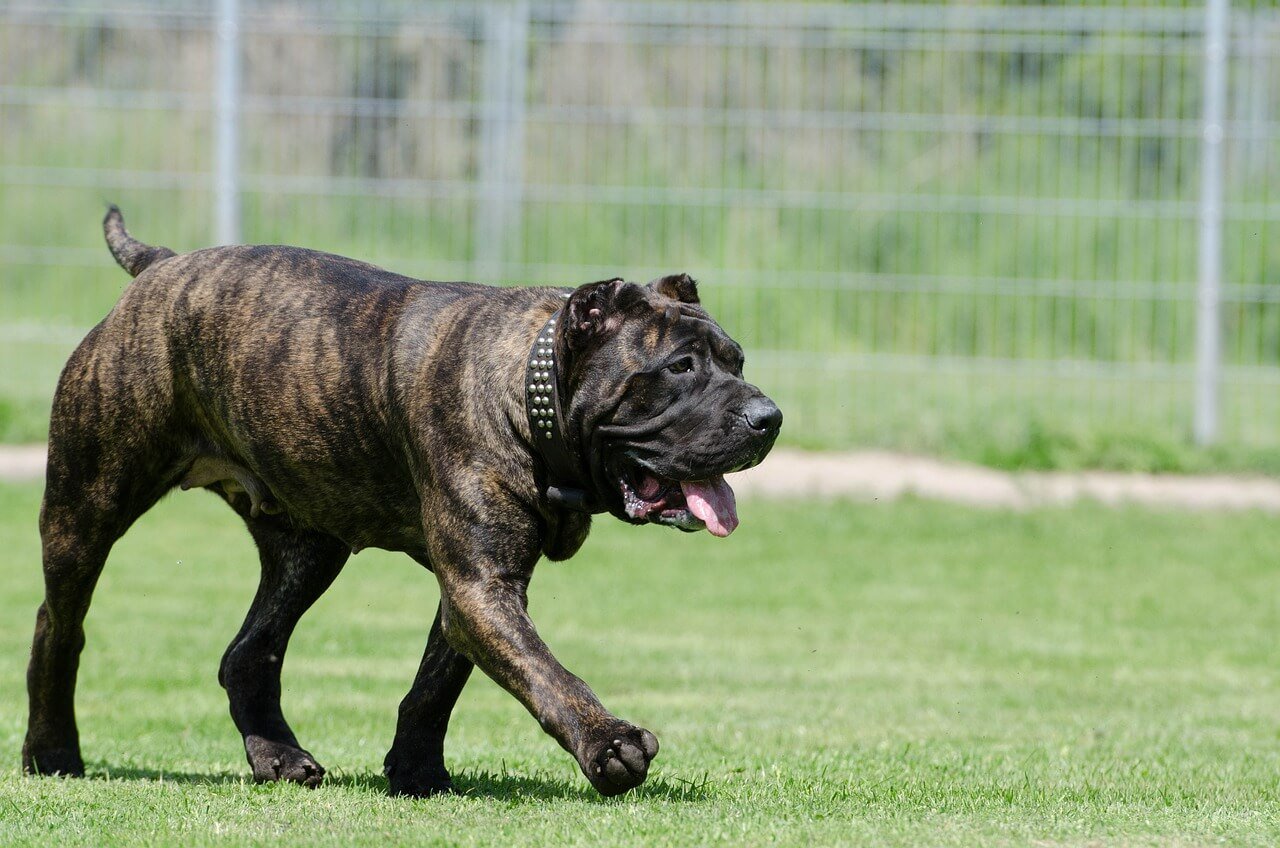Why Wont My Dog Pee? Understanding the Mystery Behind This Behavior
Every dog owner knows that a happy, healthy pup is one that follows their natural instincts – including regular bathroom breaks. But what happens when your furry friend suddenly refuses to pee? It’s not just frustrating; it can also be a sign of something more serious. Whether you’re dealing with a stubborn puppy or an aging companion, understanding why your dog won’t pee is crucial for their well-being. In this blog post, we’ll explore the possible reasons behind this behavior, offer practical tips to encourage your dog to relieve themselves, and highlight when it might be time to consult a veterinarian. Let’s dive in and uncover the mystery together!
Common Reasons Why Your Dog Won’t Pee
When your dog refuses to pee, it’s natural to feel concerned. There are several potential explanations for this behavior, ranging from simple stress to underlying health issues. Below, we’ve outlined some of the most common reasons why your dog might be holding it in.
Stress or Anxiety: Dogs are sensitive creatures, and changes in their environment can cause them to hold their bladder.
Weather Conditions: Extreme temperatures, rain, or snow might make your dog reluctant to go outside.
Medical Issues: Conditions like urinary tract infections or bladder stones can make urination painful, causing your dog to avoid it altogether.
Lack of Routine: Dogs thrive on consistency, and disruptions to their bathroom schedule can leave them confused.
Territorial Behavior: Some dogs may refuse to pee in unfamiliar places if they don’t feel comfortable marking their territory.
Understanding these reasons can help you identify the root cause of your dog’s behavior. Remember, patience and observation are key to figuring out what’s going on with your furry friend.
Signs That Indicate Something Might Be Wrong
If your dog isn’t peeing as usual, it’s essential to look for other signs that could indicate a deeper issue. While some cases may resolve on their own, others might require immediate attention. Here are some warning signs to watch out for:
Frequent Attempts to Urinate: If your dog is straining or squatting repeatedly without producing urine, it could signal a blockage.
Lethargy or Lack of Energy: A sudden drop in energy levels might accompany urinary issues.
Vocalizations of Pain: Whining or crying during bathroom breaks can indicate discomfort or pain.
Changes in Appetite: Loss of appetite often accompanies medical conditions affecting urination.
Swollen Abdomen: An enlarged belly could point to a buildup of urine in the bladder.
These symptoms shouldn’t be ignored, as they could indicate a serious health concern. Always trust your instincts as a pet owner and seek professional advice if something seems off.
Check this guide 👉Why Does My Dog Put My Hand in His Mouth? Best 7 Tips!
Check this guide 👉Why Does My Dog Lay Against Me? Best 7 Behavior Tips!
Check this guide 👉Why Is My Dog Twitching? Best 7 Health Tips!

Symptoms to Watch For | Possible Causes |
|---|---|
Frequent attempts to urinate | Urinary tract infection or blockage |
Lethargy or low energy | Kidney issues or dehydration |
Vocalizing pain during urination | Bladder stones or inflammation |
Loss of appetite | Stress, anxiety, or underlying illness |
Swollen abdomen | Urinary retention or constipation |
How to Encourage Your Dog to Pee
If your dog is refusing to pee, there are several steps you can take to encourage them. These strategies focus on creating a comfortable environment and reinforcing positive behaviors.
Stick to a Routine: Take your dog out at the same times every day to establish consistency.
Choose a Familiar Spot: Bring your dog to a location where they’ve successfully peed before.
Use Positive Reinforcement: Reward your dog with treats or praise immediately after they relieve themselves.
Stay Calm and Patient: Avoid showing frustration, as this can increase your dog’s stress levels.
Limit Distractions: Keep walks focused by avoiding overly stimulating environments.
With patience and persistence, these techniques can help your dog feel more comfortable and willing to pee. Remember, building trust takes time, so celebrate small victories along the way.
When to Seek Veterinary Help
While occasional reluctance to pee might not be alarming, certain situations warrant a visit to the vet. Knowing when to seek professional help ensures your dog receives timely care.
No Urination for Over 24 Hours: This is considered a medical emergency and requires immediate attention.
Visible Signs of Pain: If your dog cries or shows discomfort while attempting to urinate, consult a vet promptly.
Blood in Urine: The presence of blood indicates a potentially serious condition.
Persistent Behavioral Changes: Ongoing refusal to pee despite interventions should be evaluated by a professional.
Accidents Indoors: Sudden accidents inside the house may suggest a loss of bladder control.
Early intervention can prevent complications and ensure your dog stays healthy. Don’t hesitate to reach out to your veterinarian if you notice any of these red flags.
Tips for Creating a Stress-Free Bathroom Environment
A calm and supportive environment can make all the difference when encouraging your dog to pee. Reducing stressors and making the experience as pleasant as possible will help your dog feel more at ease. Here are some practical tips to create a stress-free bathroom routine:
Choose Quiet Locations: Opt for areas with minimal noise and distractions to help your dog focus.
Bring Familiar Items: Carry a favorite toy or blanket to provide comfort during outings.
Use Calming Scents: Sprinkle calming pheromone sprays or essential oils (safe for pets) around the area.
Maintain a Relaxed Demeanor: Dogs pick up on their owner’s emotions, so stay calm and patient.
Offer Gentle Encouragement: Use soft, reassuring words to let your dog know they’re safe.
By implementing these strategies, you can transform bathroom time into a positive experience for your dog. Remember, reducing stress is key to resolving reluctance.
Dietary Adjustments That May Help
Your dog’s diet plays a significant role in their urinary health. Sometimes, simple changes to their food or water intake can encourage regular urination. Consider these dietary adjustments to support your dog’s well-being:
Increase Water Intake: Ensure fresh, clean water is always available to keep your dog hydrated.
Feed High-Quality Food: Choose nutrient-rich meals that promote healthy kidney and bladder function.
Add Moisture-Rich Foods: Incorporate wet food or broth to boost hydration levels.
Avoid Salty Treats: Excessive salt can irritate the bladder and lead to discomfort.
Monitor Portion Sizes: Overfeeding can strain the digestive and urinary systems.
Small dietary tweaks can have a big impact on your dog’s ability to relieve themselves comfortably. Always consult your vet before making significant changes to your dog’s diet.
Training Techniques to Reinforce Positive Behavior
Training your dog to pee on command can be incredibly helpful, especially if they’re hesitant to go outside. Consistent training not only builds confidence but also strengthens your bond. Here are some effective techniques to try:
Use a Specific Command Word: Choose a phrase like “go potty” and repeat it calmly during bathroom breaks.
Reward Immediately: Offer a treat or praise within seconds of your dog finishing their business.
Keep Sessions Short: Limit training sessions to avoid overwhelming your dog.
Be Consistent: Stick to the same routine and commands to avoid confusion.
Celebrate Small Wins: Acknowledge progress, even if it’s just a step in the right direction.
With patience and consistency, your dog will learn to associate peeing with positive outcomes. Training takes time, but the results are worth the effort.
FAQ
Why is my dog suddenly not peeing?
There could be multiple reasons, including stress, medical issues, or environmental changes.
How long can a dog go without peeing?
Most dogs need to urinate every 6–8 hours. Going longer than 24 hours is dangerous.
What should I do if my dog won’t pee outside?
Try changing locations, using positive reinforcement, or consulting a trainer for guidance.
Can weather affect my dog’s willingness to pee?
Yes, extreme temperatures or rain can deter dogs from relieving themselves outdoors.
Is it normal for puppies to hold their bladder?
Puppies have smaller bladders and may struggle with self-control, but consistent training helps.
Final Thoughts: Supporting Your Dog Through This Challenge
Dealing with a dog that won’t pee can be stressful, but it’s important to approach the situation with empathy and understanding. By recognizing the signs, addressing potential causes, and seeking professional help when needed, you can ensure your furry friend stays happy and healthy. Remember, your dog relies on you to advocate for their well-being, so stay observant and proactive. With love, patience, and the right strategies, you’ll overcome this challenge together. After all, every wagging tail deserves a life free from discomfort!
Cat Anxiety Treatment: 7 Proven Ways to Calm Your Stressed Feline Cats are masters of hiding their distress — but when …
Is Royal Canin Good Cat Food? Best 7 Expert Tips! Learn the truth about this brand & get vet-approved advice on feeding, ingredients, and tailored formulas.
Dwarf Cat Lifespan: Best 7 Expert Tips! Discover how to ensure a long, healthy, and happy life for your short-legged feline companion.
Blue Buffalo Cat Food: Best 7 Expert Tips! Discover how to choose the right formula, feeding strategies, and nutritional benefits for your feline friend.




